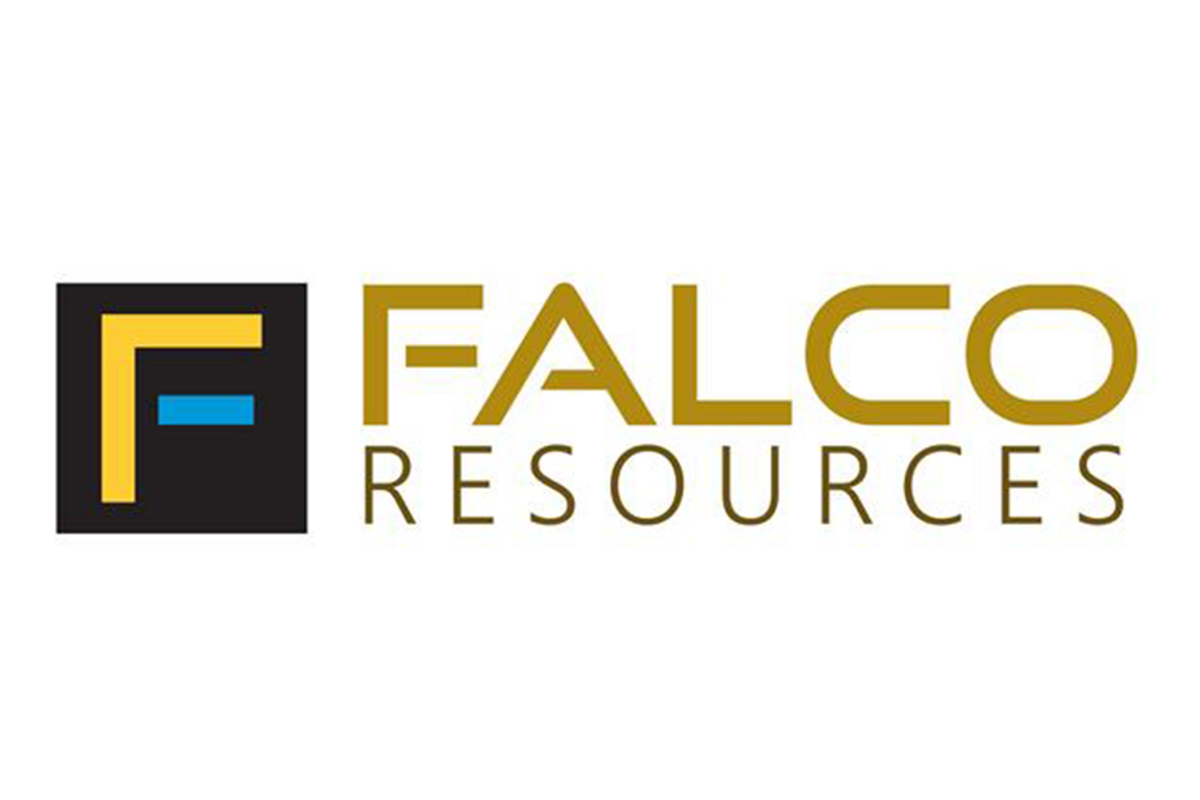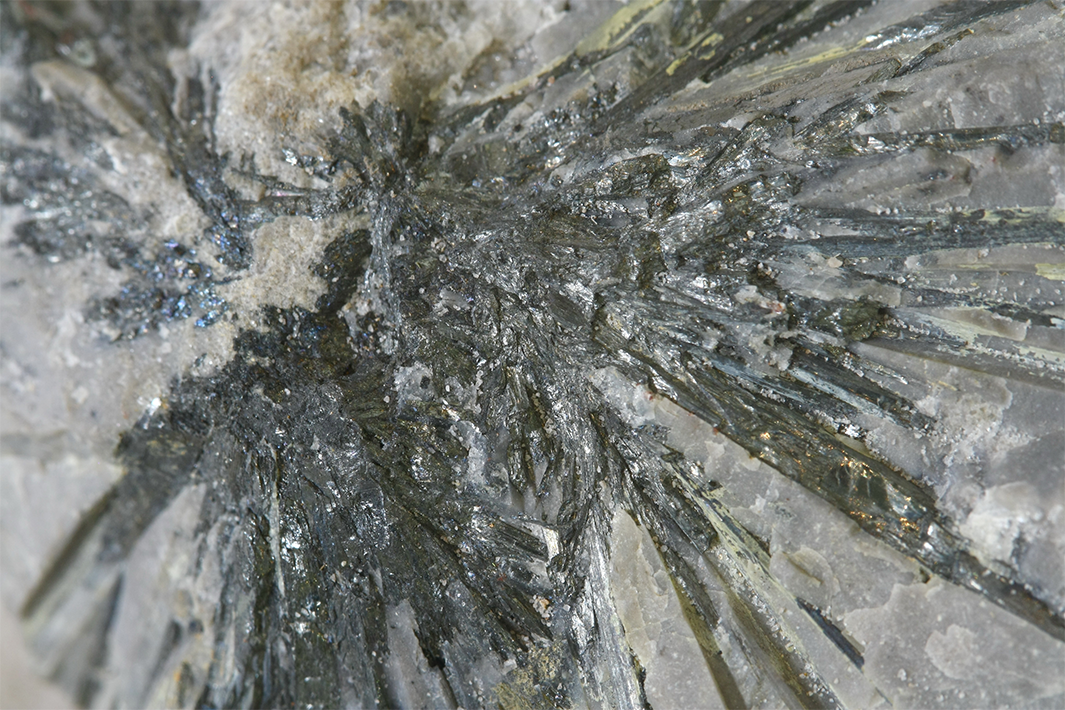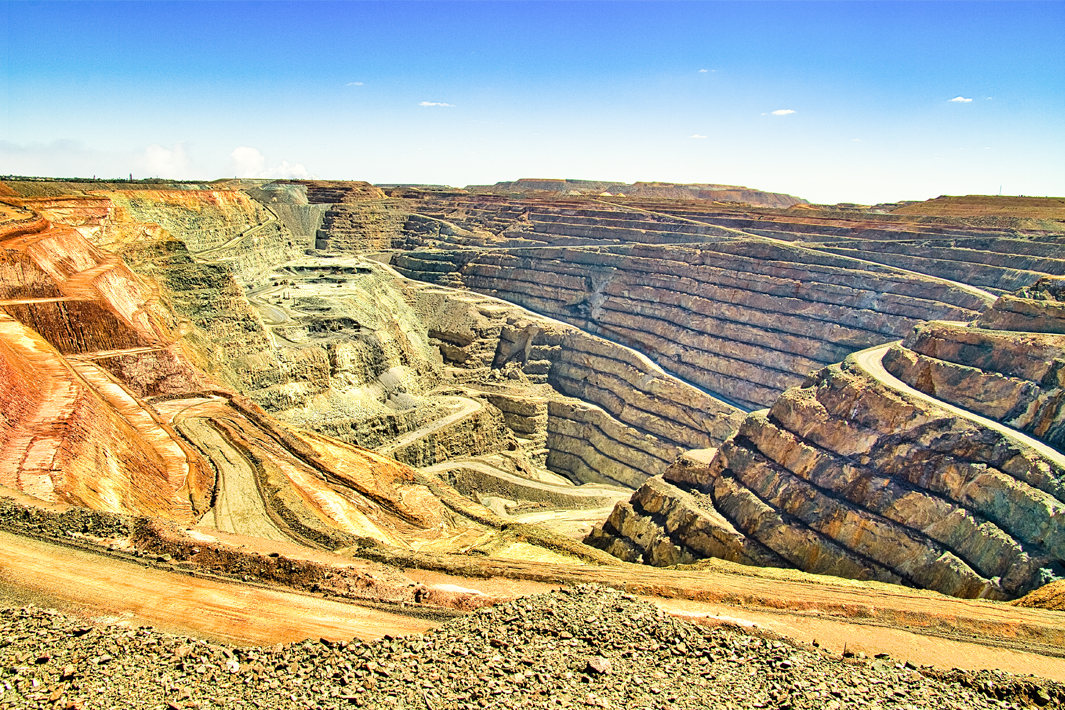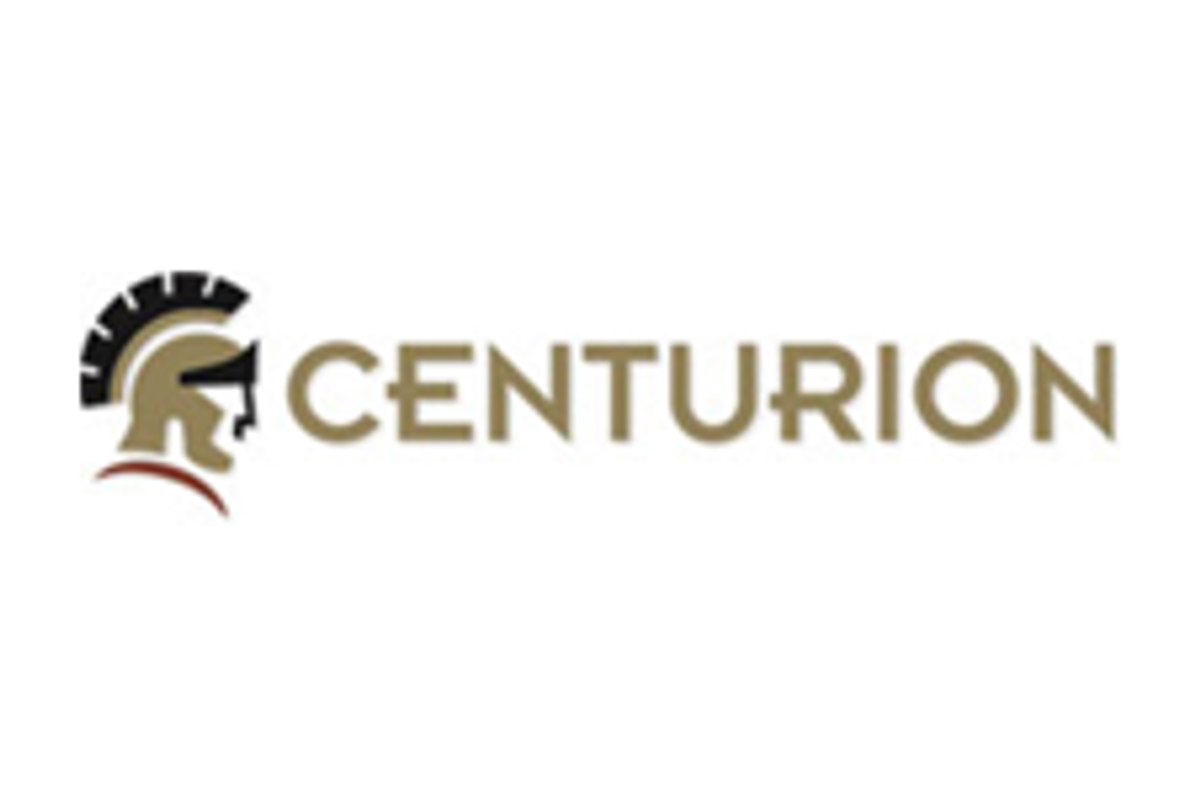
March 27, 2024
Falco Resources Ltd. (TSX.V: FPC) (“Falco” or the “Corporation”) is pleased to announce the receipt of confirmation of the admissibility of its Environmental Impact Assessment (“EIA”) for the Horne 5 Project located in Rouyn-Noranda (the “Admissibility”) from the Ministry of the Environment, the Fight Against Climate Change, Wildlife and Parks (“MEFCCWP”).
Since the initial EIA filing in 2018, Falco has completed extensive field work and studies, in addition to providing the documentation in order to respond to questions and requests for information raised by the MEFCCWP. Driven by ESG principles, the EIA was conducted by a multidisciplinary team comprised of Falco’s employees, experts and partners, and highlights the Horne 5 Project’s benefits and impacts on its physical, biological and human environments. The EIA includes various measures to avoid, mitigate or compensate for these impacts, and to enhance the project’s overall benefits, in a strong corporate governance environment. The EIA and all related documentation are publicly available on the Environmental Assessment Register of the MEFCCWP.
Luc Lessard, President and Chief Executive Officer of Falco noted: “In addition to the recent conclusion of the Operating License and Indemnity Agreement with Glencore Canada Corporation on January 23, 2024, the Horne 5 Project’s EIA Admissibility from the MEFCCWP constitutes another significant milestone in advancing closer to the development and realization of the Horne 5 Project. Falco’s team has been working extremely hard on the environmental permitting process, and the EIA Admissibility provides the path forward for the advancement of the Project. Although important steps remain, we strongly believe in the Horne 5 Project as a green and world-class polymetallic project that will benefit the surrounding communities. We would like to thank everyone involved at the MEFCCWP for their work and continued assistance throughout this process. Falco would also like to thank the communities of Rouyn-Noranda for their engaged and active participation and continuous support.”
Public Hearing Process
The EIA Admissibility allows Falco to progress towards the public hearing process to be hosted by the Bureau d’audiences publiques sur l’environnement (“BAPE”) following the issuance by the MEFCCWP of a BAPE mandate to conduct such public hearing process, which notably involves a 45-day public information period, beginning April 24, 2024, in addition to a 4-month public hearing process. Falco’s stakeholders will be invited to this public information period which will allow them to meet Falco’s team, ask questions and obtain information on the Horne 5 Project. For more information, please refer to the following MEFCCWP link: https://www.ree.environnement.gouv.qc.ca/index.asp
Since 2019, Falco has been interacting and working with its host milieu and stakeholders, including its Consultation Committee. The comments, questions and ideas collected during these discussions have helped Falco gain a better understanding of the challenges and concerns of our stakeholders in order to develop a proposal for the Horne 5 Project that fosters the harmonious cohabitation of all stakeholders in the region with this mining project of a new generation.
Hélène Cartier, Vice President, Environment, Sustainable Development and Community Relations added: “We are extremely grateful to our stakeholders and host communities, who participate in our consultation activities and initiatives, allowing us to develop a great project for the Rouyn-Noranda region. We remain committed to continuing to develop a collaborative project and making it a source of pride for our communities. Our team is ready and proud to initiate the BAPE process.”
About Falco
Falco Resources Ltd. is one of the largest mineral claim holders in the Province of Québec, with extensive land holdings in the Abitibi Greenstone Belt. Falco owns approximately 67,000 hectares of land in the Noranda Mining Camp, which represents 67% of the entire camp and includes 13 former gold and base metal mine sites. Falco’s principal asset is the Horne 5 Project located under the former Horne mine that was operated by Noranda from 1927 to 1976 and produced 11.6 million ounces of gold and 2.5 billion pounds of copper. Osisko Development Corp. is Falco’s largest shareholder owning a 17.3% interest in the Corporation.
For further information, please contact:
Luc Lessard
President and Chief Executive Officer
514 261-3336
info@falcores.com
Neither the TSX Venture Exchange nor its Regulation Services Provider (as that term is defined in the policies of the TSX Venture Exchange) accepts responsibility for the adequacy or accuracy of this press release.
Cautionary Note Regarding Forward-Looking Statements
This news release contains forward-looking statements and forward-looking information (together, “forward-looking statements”) within the meaning of applicable securities laws, in particular Falco’s ability to complete the BAPE, to obtain receipt of permits and approvals required to develop the Horne 5 Project and the ability of Falco to efficiently develop and operate the Horne 5 Project based on the terms of the Operating License and Indemnity Agreement concluded with Glencore Canada Corporation (“OLIA”). These statements are based on information currently available to the Corporation and the Corporation provides no assurance that actual results will meet management’s expectations. The occurrence of such events or the realization of such statements is subject to a number of risk factors, including, without limitation, the ability of Falco to provide the financial assurance guarantees required by the OLIA and the exercise by Glencore Canada of rights under the OLIA which could affect the development and operation of the Horne 5 Project, together with the other risk factors identified in Falco’s Annual Information Form and other continuous disclosure documents available at www.sedarplus.com. Although Falco believes that the assumptions and factors used in preparing the forward-looking statements are reasonable, undue reliance should not be placed on these statements, which only apply as of the date of this news release, and no assurance can be given that such events will occur in the disclosed time frames or at all. Except where required by applicable law, Falco disclaims any intention or obligation to update or revise any forward-looking statement, whether as a result of new information, future events or otherwise.
FPC:CA
The Conversation (0)
04 January
Ongoing Drilling Continues to Return Broad Gold Intercepts
Asara Resources (AS1:AU) has announced Ongoing drilling continues to return broad gold interceptsDownload the PDF here. Keep Reading...
31 December 2025
Utah’s Antimony Resource: A Strategic Investment Play in Critical Minerals
Utah may be best known for its copper and gold legacy, but hidden beneath its rugged terrain lies one of the most overlooked critical mineral opportunities in the US: antimony. With global supply heavily concentrated in China and export restrictions tightening, Utah’s underexplored antimony... Keep Reading...
30 December 2025
Hidden Gem: How Intrusion-related Gold Deposits Could Fuel Next-generation Discoveries
With the gold price continuing to hover near all-time highs and major producers scouring the globe for new large-scale deposits, one type of gold system is emerging as a potential game changer. Intrusion-related gold systems (IRGS) have already yielded multimillion-ounce mines, like Kinross... Keep Reading...
30 December 2025
Finding Gold: Exploring New Zealand’s Next Big Discovery
Despite its rich mining legacy, New Zealand remains one of the most underexplored frontiers for gold in the developed world. Now, with advanced exploration tools and a new generation of explorers, the country is emerging as a hotbed of untapped investment opportunity.Modern exploration... Keep Reading...
Latest News
Interactive Chart
Latest Press Releases
Related News
EV Outlook
4h
TOP STOCKS
American Battery4.030.24
Aion Therapeutic0.10-0.01
Cybin Corp2.140.00





